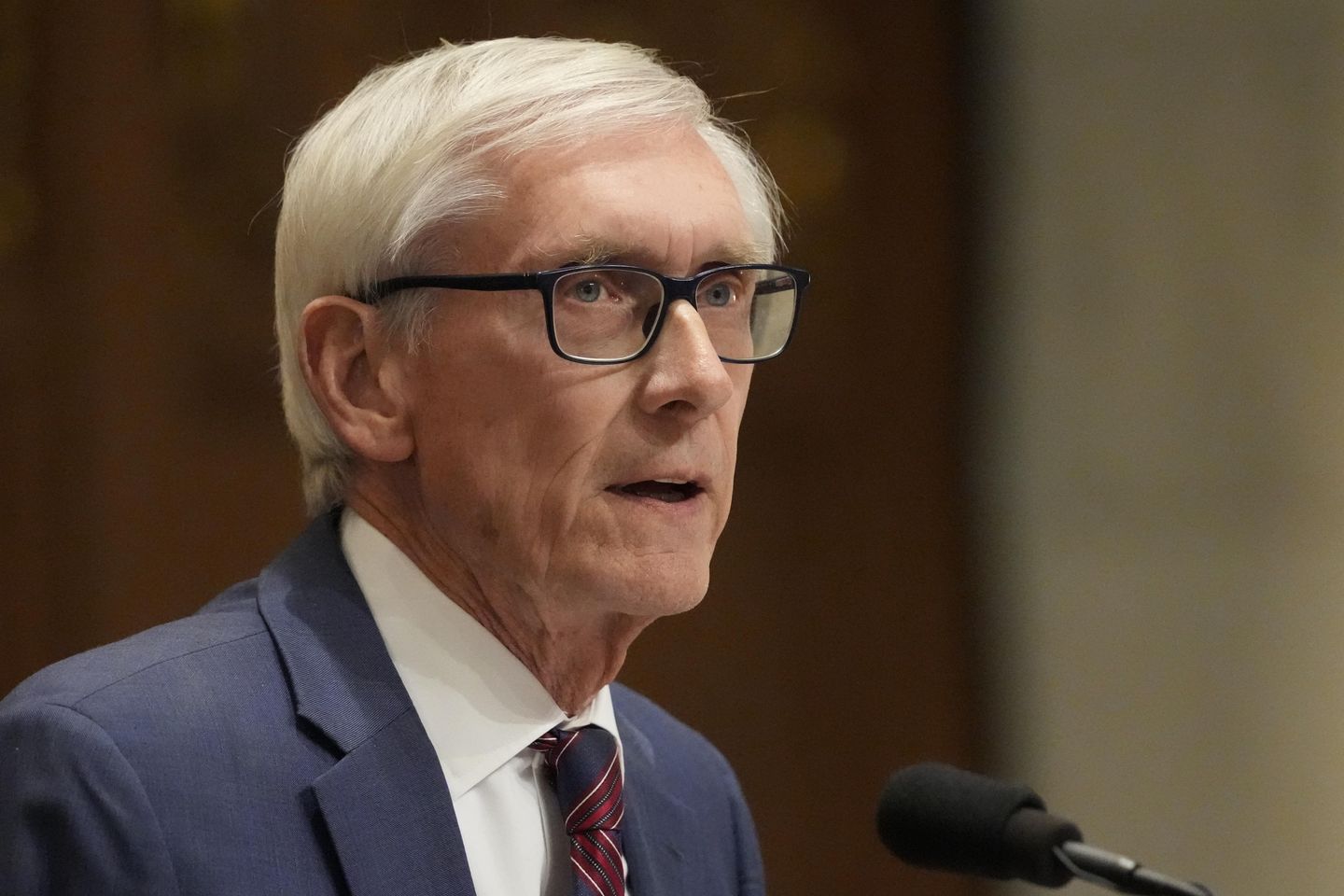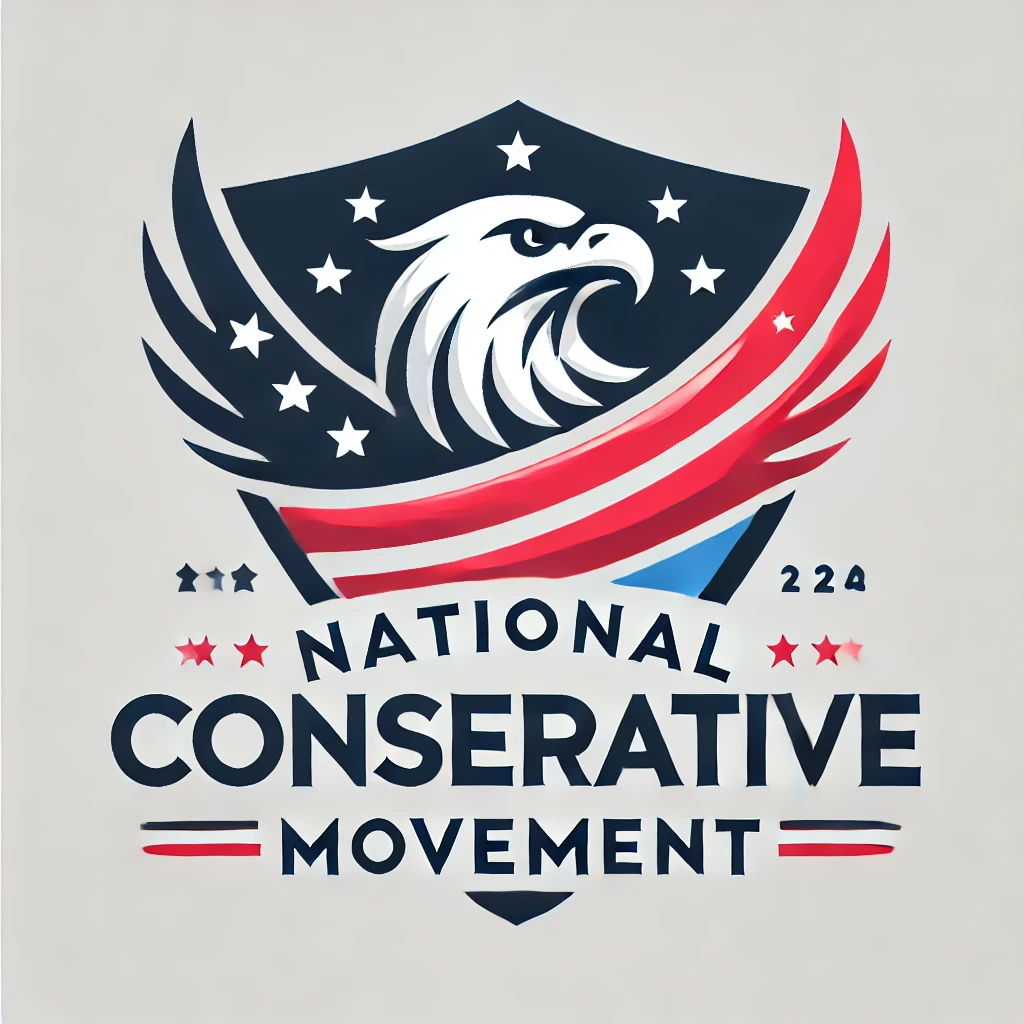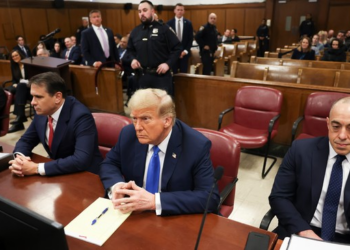
MADISON, Wis. — The Democratic governor of Wisconsin’s creative use of his uniquely powerful veto to lock in a school funding increase for 400 years may be “attention grabbing,” but it was constitutional, the state Supreme Court ruled Friday.
The 4-3 ruling from the liberal-controlled court affirms the partial veto power of Wisconsin governors, which is the broadest of any state and has been used by both Republicans and Democrats to reshape spending bills passed by the Legislature.
Wisconsin is the only state where governors can partially veto spending bills by striking words, numbers and punctuation to create new meaning or spending amounts. In most states, governors can only eliminate or reduce spending amounts.
Gov. Tony Evers in 2023 issued a partial veto that increased how much revenue K-12 public schools can raise per student by $325 a year until 2425. Evers took language that originally applied the $325 increase for the 2023-24 and 2024-25 school years and instead vetoed the “20” and the hyphen to make the end date 2425, more than four centuries from now.
Evers told lawmakers at the time that his partial veto was intended to give school districts increases in funding “in perpetuity.”
The Legislature, along with the state’s largest business lobbying group Wisconsin Manufacturers & Commerce, argued that the Evers veto was barred under a 1990 constitutional amendment adopted by voters. That amendment removed the ability to strike individual letters to make new words – known as the “Vanna White” veto, named the co-host of the game show Wheel of Fortune who flips letters to reveal word phrases.
Finding otherwise would give governors unlimited power to alter numbers in a budget bill, they argued.
But Evers countered that the “Vanna White” veto ban applies only to striking individual letters to create new words, not vetoing digits to create new numbers. Evers said that he was simply using the longstanding partial veto process allowed under the law.
The court agreed.
The court’s four liberal justices ruled Friday that the state constitution allows the governor to strike digits to create a new year or to remove language to create a longer duration than the one approved by the Legislature. Republicans and the court’s conservative minority blasted the decision.
“We are acutely aware that a 400-year modification is both significant and attention-grabbing,” Justice Jill Karofsky wrote for the majority. “However, our constitution does not limit the governor’s partial veto power based on how much or how little the partial vetoes change policy, even when that change is considerable.”
Justice Brian Hagedorn, writing for the three-justice conservative minority, said Wisconsin was now in a “fantastical state of affairs” that allows the governor to write new law through the use of his partial veto.
“One might scoff at the silliness of it all, but this is no laughing matter,” Hagedorn wrote. “The decision today cannot be justified under any reasonable reading of the Wisconsin Constitution.”
Evers called the decision “great news for Wisconsin’s kids and public schools.”
Brian Schimming, chairman of the Wisconsin Republican Party, said the ruling gives Evers “unchecked authority to override the will of Wisconsin voters.”
Wisconsin’s partial veto power was created by a 1930 constitutional amendment, but it’s been weakened by voters over the years, including in reaction to vetoes made by former Republican and Democratic governors. The Wisconsin Supreme Court in 2020, then controlled by conservatives, undid three of Evers’ partial vetoes, but a majority of justices did not issue clear guidance on what was allowed.
Reshaping state budgets through the partial veto is a longstanding act of gamesmanship in Wisconsin between the governor and Legislature, as lawmakers try to craft bills in a way that is largely immune from creative vetoes.
Republican legislative leaders have said they were waiting for the ruling in this case and another pending case affecting the governor’s veto powers before taking up spending bills this session, including the two-year state budget.
The other case centers on whether Evers properly used his partial veto power on a bill that detailed the plan for spending on new literacy programs. The Legislature contends that Evers’ partial veto was unconstitutional because the bill did not appropriate money. Evers contends the Legislature is trying to control how the executive branch spends money and limit his partial veto power.
In Friday’s ruling, the liberal majority detailed ways the Legislature could change the 400-year spending increase by reducing it in future budget bills. Those include passing the constitutional amendment that’s currently under consideration curbing the governor’s veto power and draft budget bills in a way to prevent the governor from making such a sweeping veto.
“The court takes no position regarding these measures,” the liberal majority wrote. “We merely outline them to illustrate legislative alternatives to the action before us.”
Hagedorn, in his dissent, called those options “cold comfort coming from a court that simultaneously strips the legislature of its constitutional powers.”












